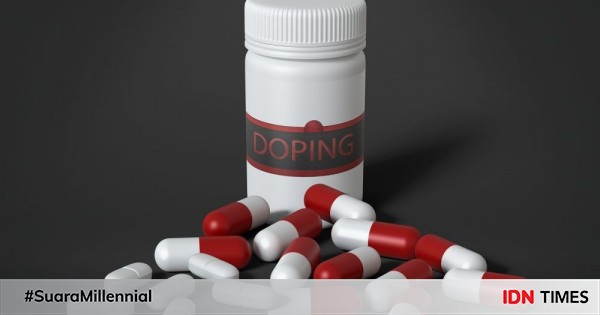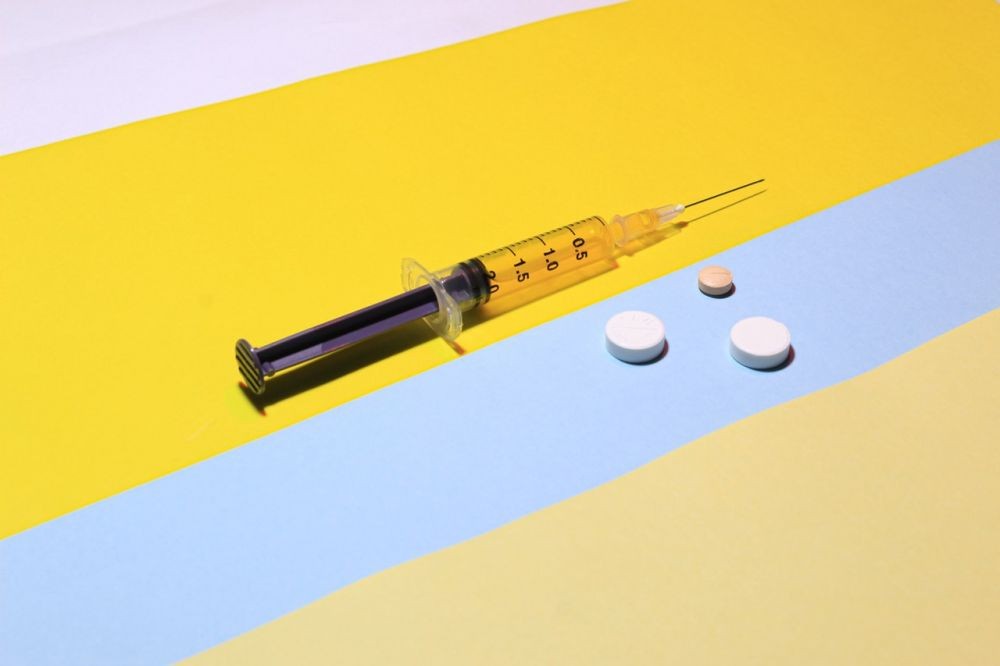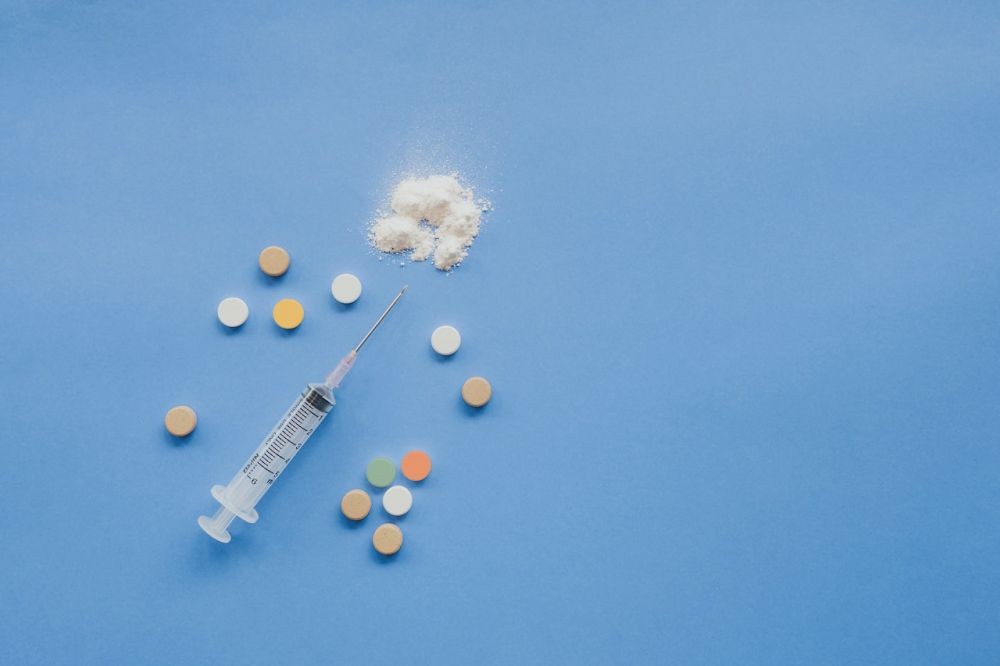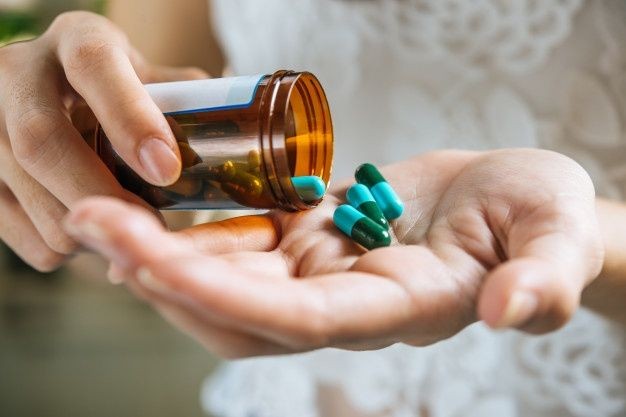Doping or doping drug it is a prohibited substance consumed by athletes to enhance their performance. Anti-doping regulations have been implemented in major competitions, incl Qatar FIFA World Cup 2022™.
Drug doping it is illegal or prohibited because it is considered unfair and interferes with the sportsmanship of the game. Not only that, doping is also forbidden because it can interfere with the health of the athletes. Here are some types of doping prohibited in sport.
1. Synthetic anabolic steroids
Anabolic steroids are a popular class of drugs in which muscle mass and strength are evaluated. While natural testosterone can be described as an anabolic agent, various synthetic versions of the steroid have been popularized by bodybuilders.
Although this includes doping, but the search for National Institute on Drug Abuse (NIDA) states that steroid use is most common among non-athletic males in their 20s and 30s.
Additionally, people with low self-esteem, increased depressive symptoms, and poor health knowledge are more likely to engage in steroid use.
2. Testosterone and similar hormones
Testosterone it is a naturally occurring hormone found in both males and females. Men have much higher testosterone levels than women. According to extensive research International journal of environmental research and public healthincreases the body’s testosterone provides an anabolic effect.
This effect promotes the general growth of body tissues, including the growth of muscle mass.
The laboratory reference range that classifies normal testosterone levels in males is 280 ng/dL to 1,100 ng/dL, while the normal range for females is 15 ng/dL to 70 ng/dL.
3.EPO
Erythropoietin, or EPO, is a hormone that increases the production of red blood cells (RBCs). The increase in red blood cells will increase the availability of oxygen in the blood. Consequently, increased oxygen increases the body’s performance, especially in endurance sports such as marathons, triathlons, and endurance cycling races.
EPO doping is generally used by athletes by injecting it into the body. With this doping, users will get a lot of energy during the competition.
4. Human Growth Hormone (HGH)
Human Growth Hormone (HGH) has been used as a supplement drug for many years by bodybuilders. More recently, HGH has been used by athletic runners. Just like other dopings, this hormone is used to enhance performance.
The tester will look at various drugs that stimulate the production of growth hormone in the body.
According to World Anti-Doping Agency (WADA), some aspects of the test include fibroblast growth factors (FGF), hepatocyte growth factor (HGF), insulin-like growth factor-1 (IGF-1), and platelet-derived growth factor (PDGF).
5. Beta blocker
Beta-blockers or beta blocker they are a class of drugs traditionally used in the treatment of heart disease and blood pressure. This drug will significantly slow your heart rate.
This performance-enhancing drug is commonly used in precision sports, such as archers, shooters, and pool players. Use beta blocker it will stabilize their fire.
According to WADA regulations, in archery and shooting, beta blocker prohibited at any time. In other sports, such as billiards, dartand golf, beta blocker prohibited only during competition.
Continue reading the article below
Editor’s picks
Also Read: Sports Injuries: Types, Symptoms, Causes, Treatment
6. Amphetamines and other stimulants
Various forms of stimulants, such as various types of amphetamines, have been used in sports ranging from soccer and cycling to weightlifting and sprinting. These chemicals and drugs work by stimulating the nervous system, increasing the athlete’s reaction time, according to a report in British Journal of Sports Medicine year 2006.
Some prescription drugs are also stimulants, such as for attention deficit hyperactivity disorder (ADHD). An athlete using this type of stimulant must apply Therapeutic use exemption (TEU) in order to compete.
7. Blood doping
Blood doping is the practice of drawing and storing one’s own blood, allowing the body to replenish its blood supply. The blood is then added back into the bloodstream to increase its oxygen carrying capacity, as is the case with EPO doping, as described on page Very good Cheers.
8. Diuretics and other respective agents
Steroids and other drugs inevitably leave traces that can be found on examination. One way to avoid this is to use other agents that increase urine output, in hopes of removing the remnants of drug use. This is where diuretics and agents masking role.
However, testers are wise to this approach and look for masking agents and banned substances. Therefore, there is no way to escape detection unless the masking agent or diuretic is also excreted or metabolized.
9. Fat Burners
Some athletes take drugs that promote muscle at the expense of fat. This type of doping can be very sophisticated, with compounds such as those used in traditional weight-loss treatments acting as potential performance-enhancing agents.
An example of a fat burning drug that is also considered a bodybuilding aid is 2,4-dinitrophenol (DNP). However, it came to the attention of WADA after it caused the death of one person and left another seriously ill. It is currently on the WADA Prohibited List.
10. Peptide hormones
Some athletes may use peptides, which are basically small proteins, for various performance goals. These goals include stimulating growth hormone production and promoting muscle growth.
Most of the peptides used as performance-enhancing drugs have not been approved for human consumption, according to the report in Journal of Proteomics in 2016. This puts athletes at risk because there is no clear understanding of how certain substances affect the body.
11. Other compounds
This group includes chemicals with rather distinctive uses, ranging from hormonal manipulation to metabolic effects. For example, men took the anti-estrogen drug tamoxifen, prescribed for the treatment of breast cancer, to counteract the estrogenic effects of anabolic steroids, according to a report in Journal of Pharmaceutical and Biomedical Assays year 2018.
According to WADA, additional compounds prohibited during competition include:
- Narcotics (fentanyl, morphine, oxycodone).
- Cannabinoid (kecuali cannabidiol).
- Glucocorticoids (cortisone, hydrocortisone, methylprednisolone).
That’s all types of performance-enhancing drugs banned in sport. Not only do they disturb sportsmanship, these drugs can also threaten the health of athletes because they have negative consequences for individual health. Come on, maintain the integrity of sports in a healthy way!
Also Read: 5 Types Of Supplements To Prevent Osteoporosis, Take Note!






